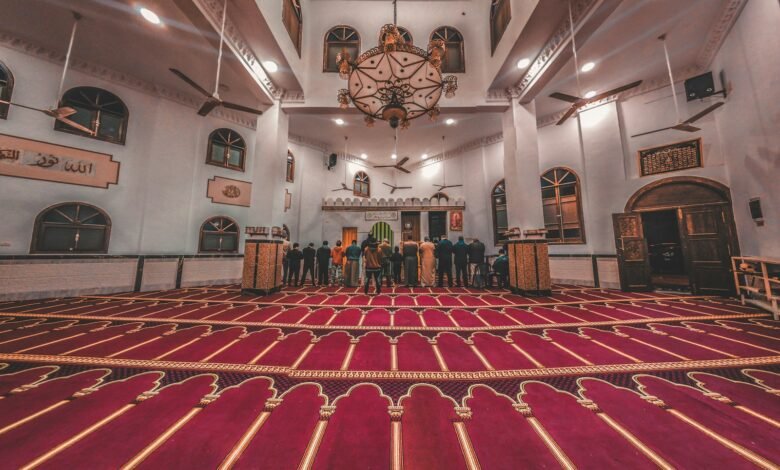
The Maldives is not only known for its stunning islands and turquoise waters but also has a unique cultural landscape influenced by language and religion. Despite its small size, the Maldives has a rich cultural heritage shaped by its history, geography, and local traditions. Here’s a closer look at the primary language and dominant religion in the Maldives.
Languages in the Maldives
The official language of the Maldives is Dhivehi, also known as Maldivian. It is a unique language with roots in the Indo-Aryan family, influenced by Sanskrit, Arabic, Sinhalese, and even English. Here’s an overview of the language in the Maldives:
- Dhivehi Language: Dhivehi, or Maldivian, is spoken by nearly all locals across the islands. It has its own script called Thaana, which is written from right to left, similar to Arabic. The language plays an essential role in Maldivian culture and national identity, and many traditional poems, songs, and stories are preserved in Dhivehi.
- English as a Secondary Language: English is widely spoken and understood, especially in tourist areas, resorts, and in business sectors. Maldivian schools use English as a medium of instruction for many subjects, and most locals working in tourism speak it fluently. Travelers will find it easy to communicate with locals in English, especially in the capital, Malé, and resort islands.
Religions in the Maldives
The Maldives is an Islamic country, with Sunni Islam as the state religion. This has been the case since the 12th century when Islam was introduced to the islands. Religion deeply influences the lifestyle, customs, and laws in the Maldives.
- Sunni Islam: Islam is central to Maldivian life, and all Maldivian citizens are legally required to be Muslim. The daily rhythm in the Maldives is influenced by Islamic practices, with five daily prayers observed across the islands. Mosques are commonly found throughout the Maldives, and traditional customs follow Islamic principles.
- Cultural Influence: Religious practices in the Maldives align with traditional Islamic customs, with modest dress codes for locals, adherence to halal food guidelines, and public holidays centered around Islamic events, such as Eid al-Fitr and Eid al-Adha.
- Respect for Religion by Visitors: Although the Maldives is welcoming to tourists, visitors are expected to respect local customs. Alcohol is only available on resort islands, and modest dress is advised when visiting inhabited islands or public areas.
Cultural Highlights Influenced by Language and Religion
- Local Festivals: Religious events, like Ramadan and Eid, are widely celebrated. During these times, the Maldives takes on a festive atmosphere, with special prayers, traditional foods, and family gatherings.
- Traditional Art and Music: Many traditional Maldivian songs, such as Boduberu, incorporate Dhivehi and reflect Islamic values, storytelling, and communal celebrations.
- Architecture: The architecture of mosques in the Maldives, often featuring coral stone carvings and intricate woodwork, reflects Islamic influence and is an essential part of Maldivian cultural heritage.
Conclusion
The Maldives is a country deeply rooted in its language and religion, creating a strong sense of identity for its people. While Dhivehi connects the islands culturally, Islam shapes the daily life and values of Maldivian society. Travelers to the Maldives can experience this unique blend of language and religion through the warm hospitality, vibrant festivals, and cultural landmarks found across this tropical paradise.



